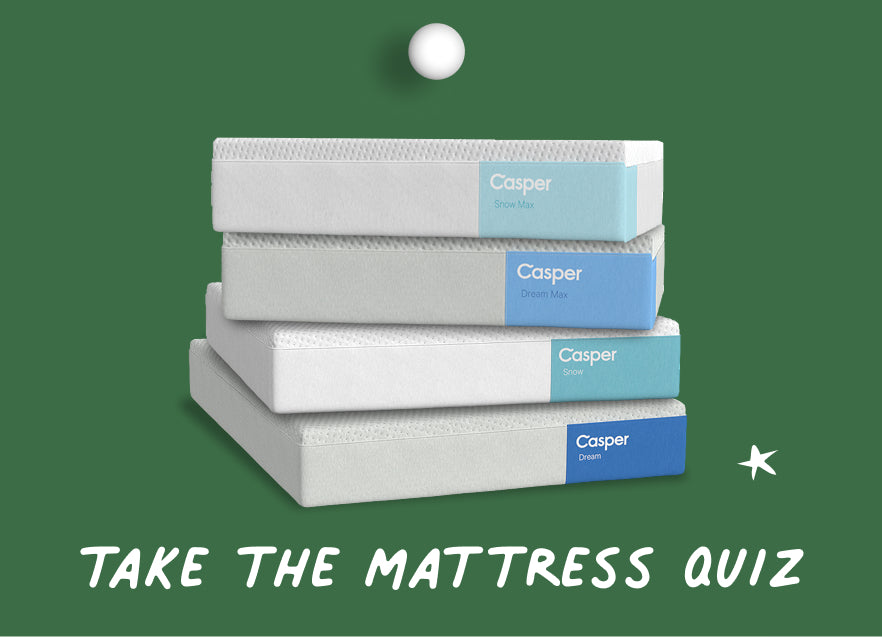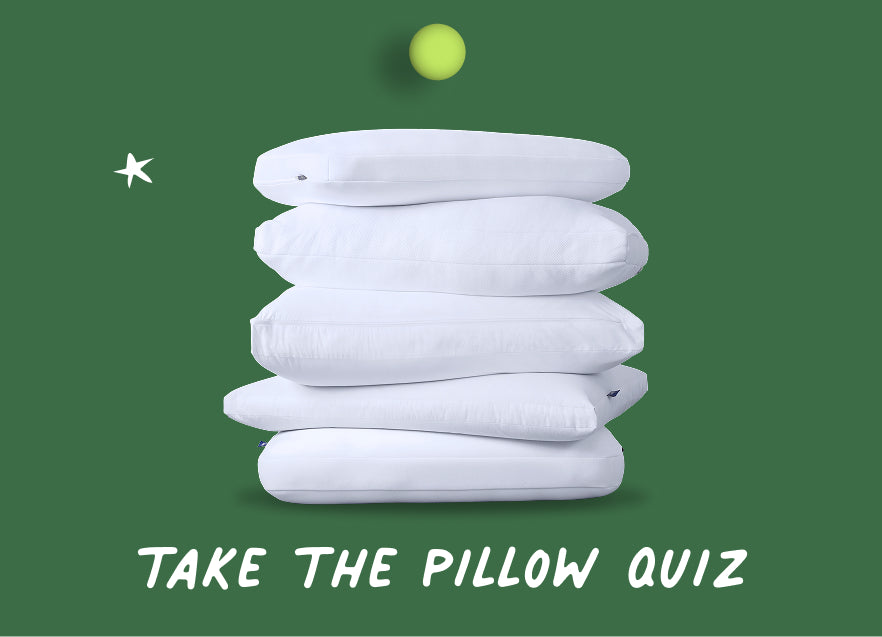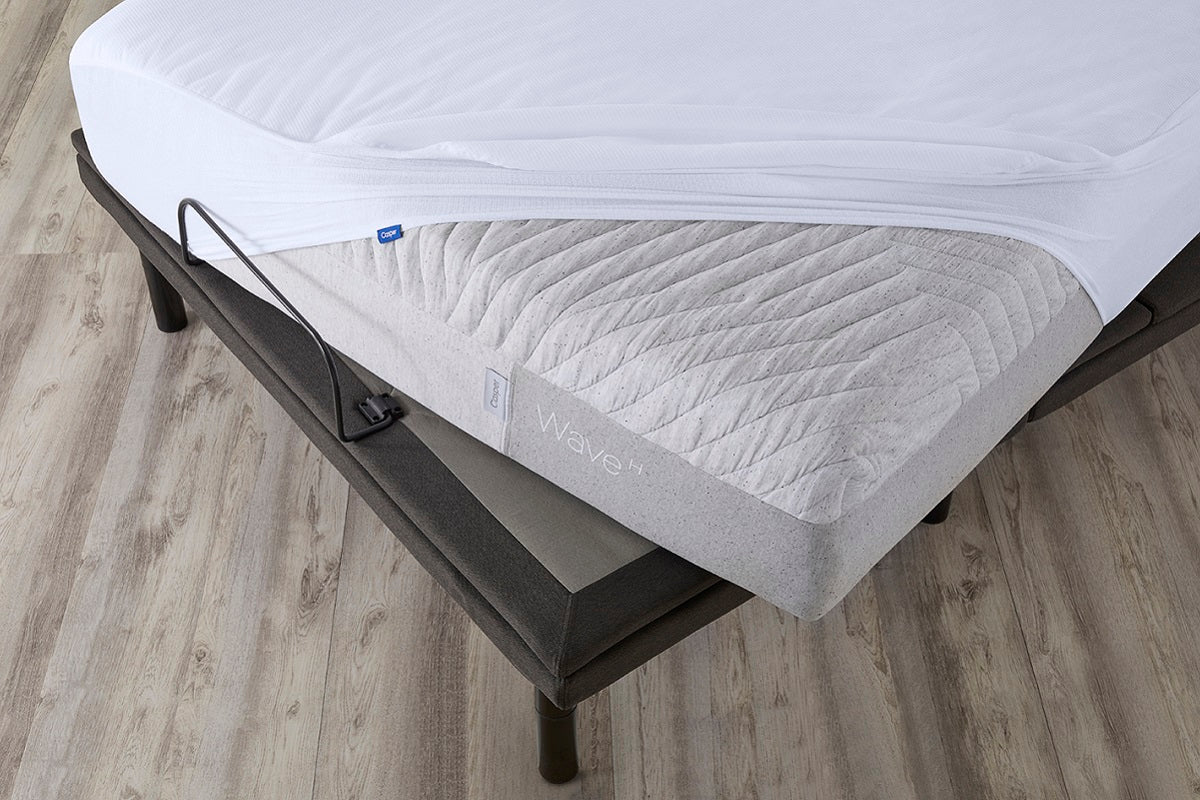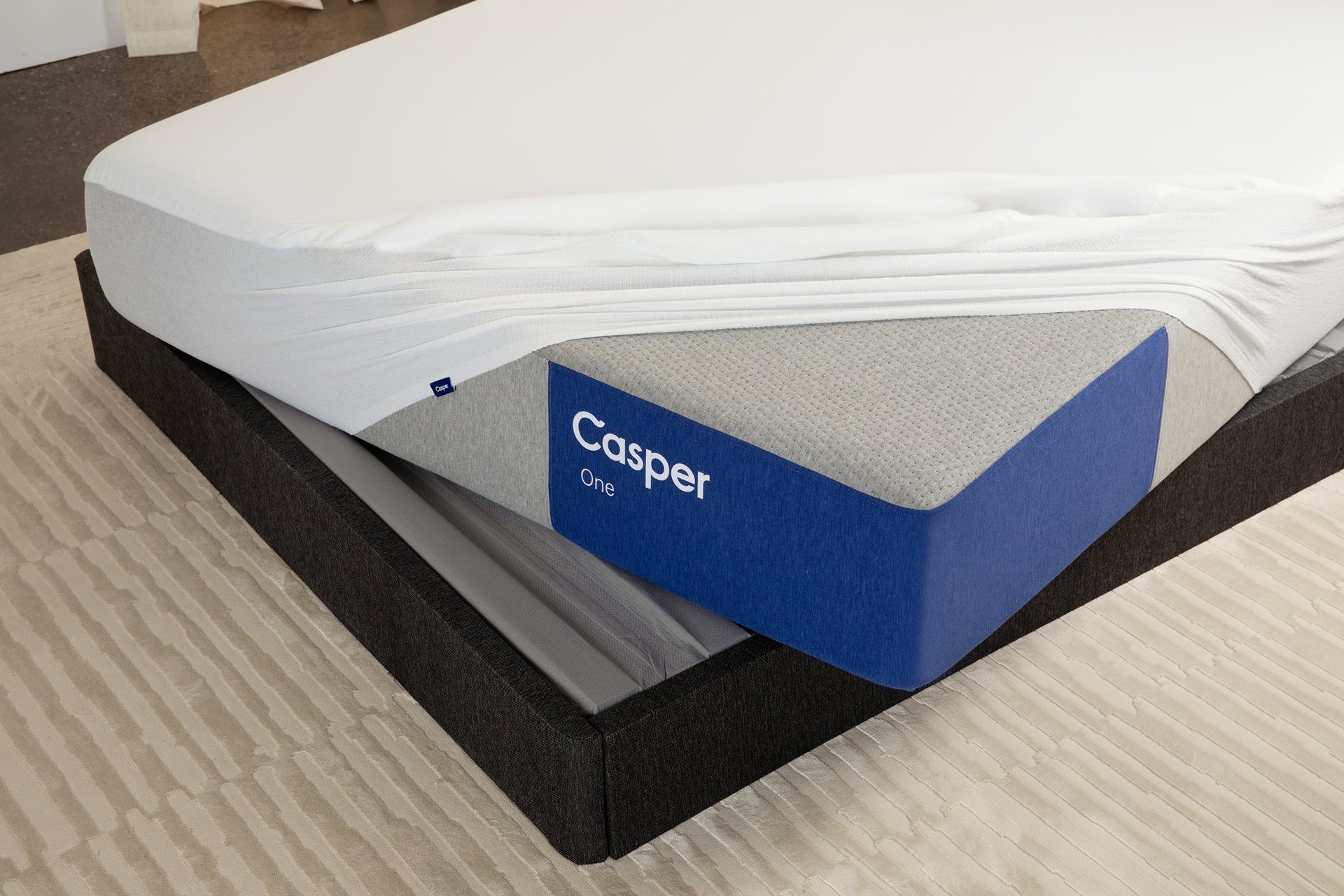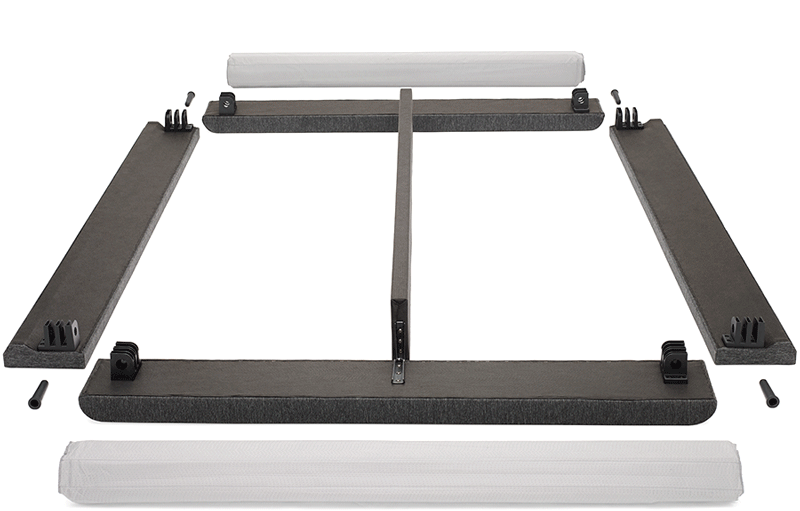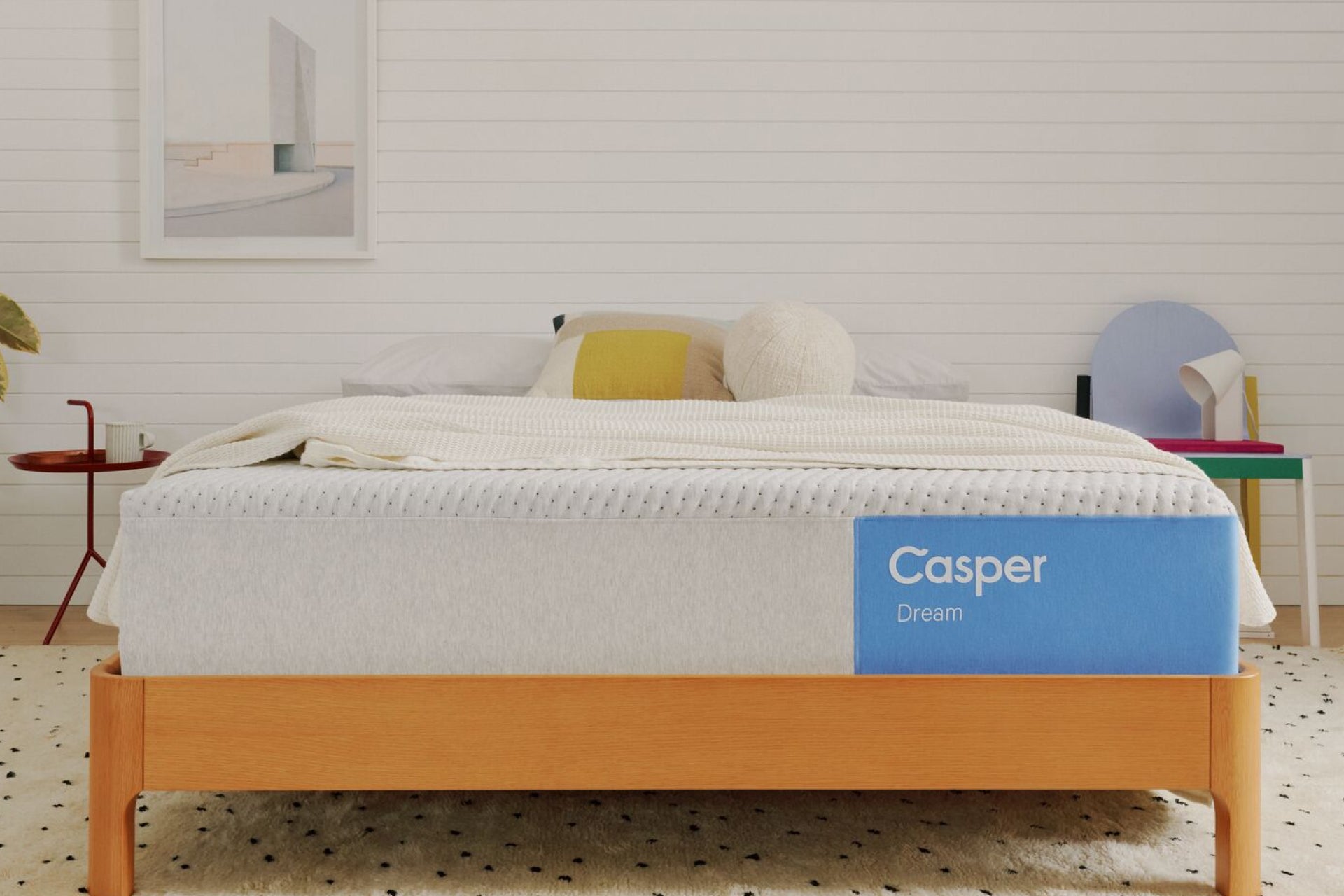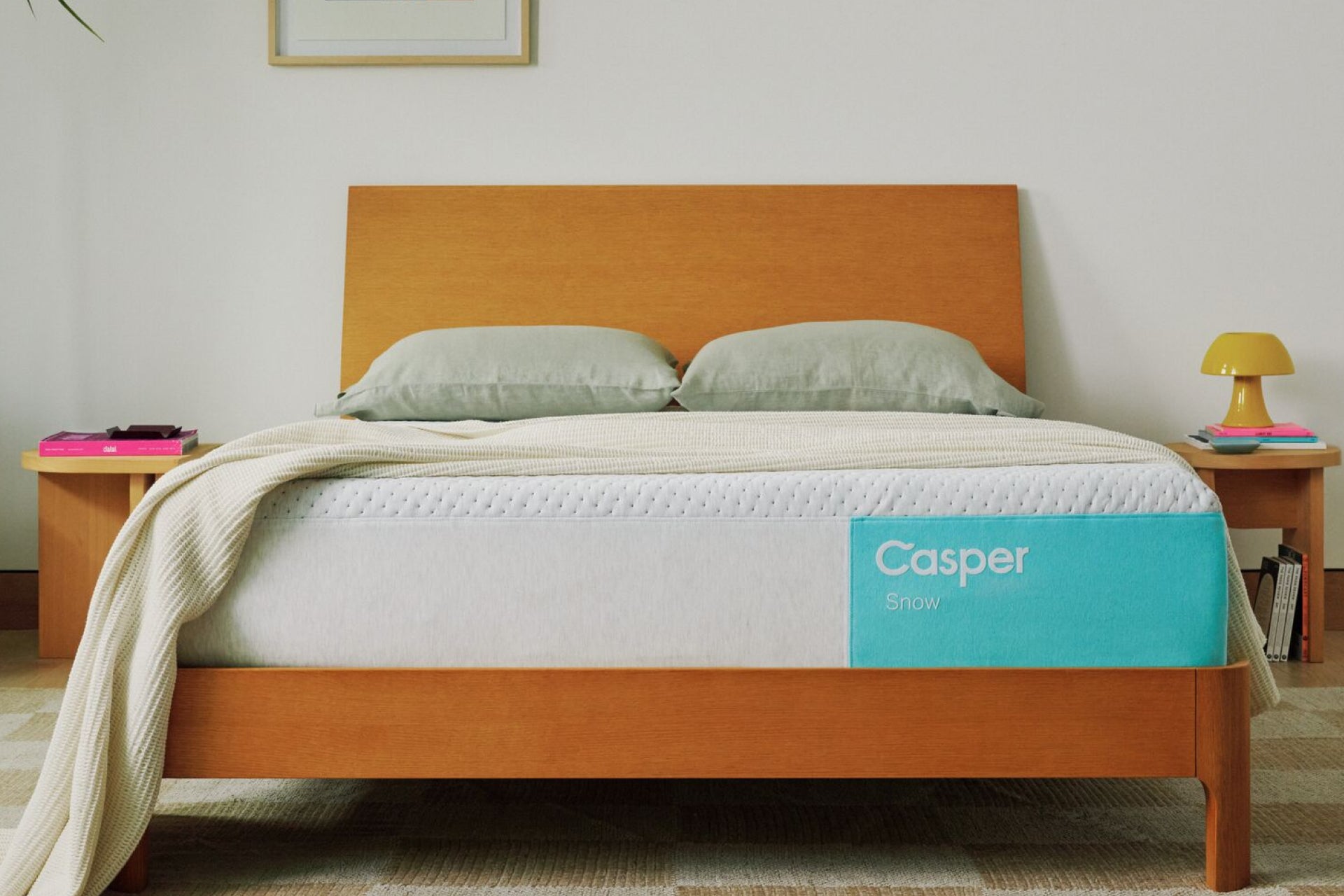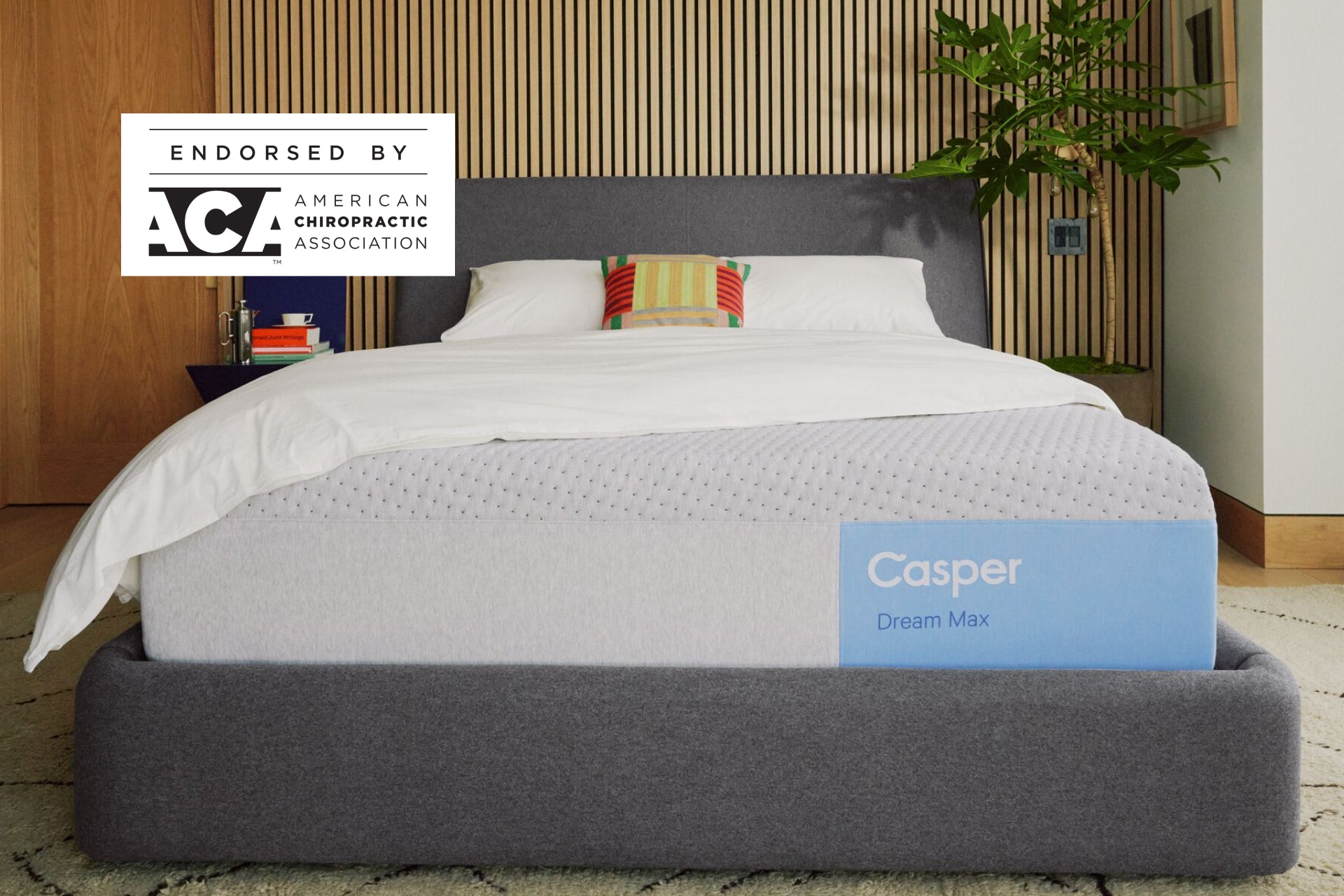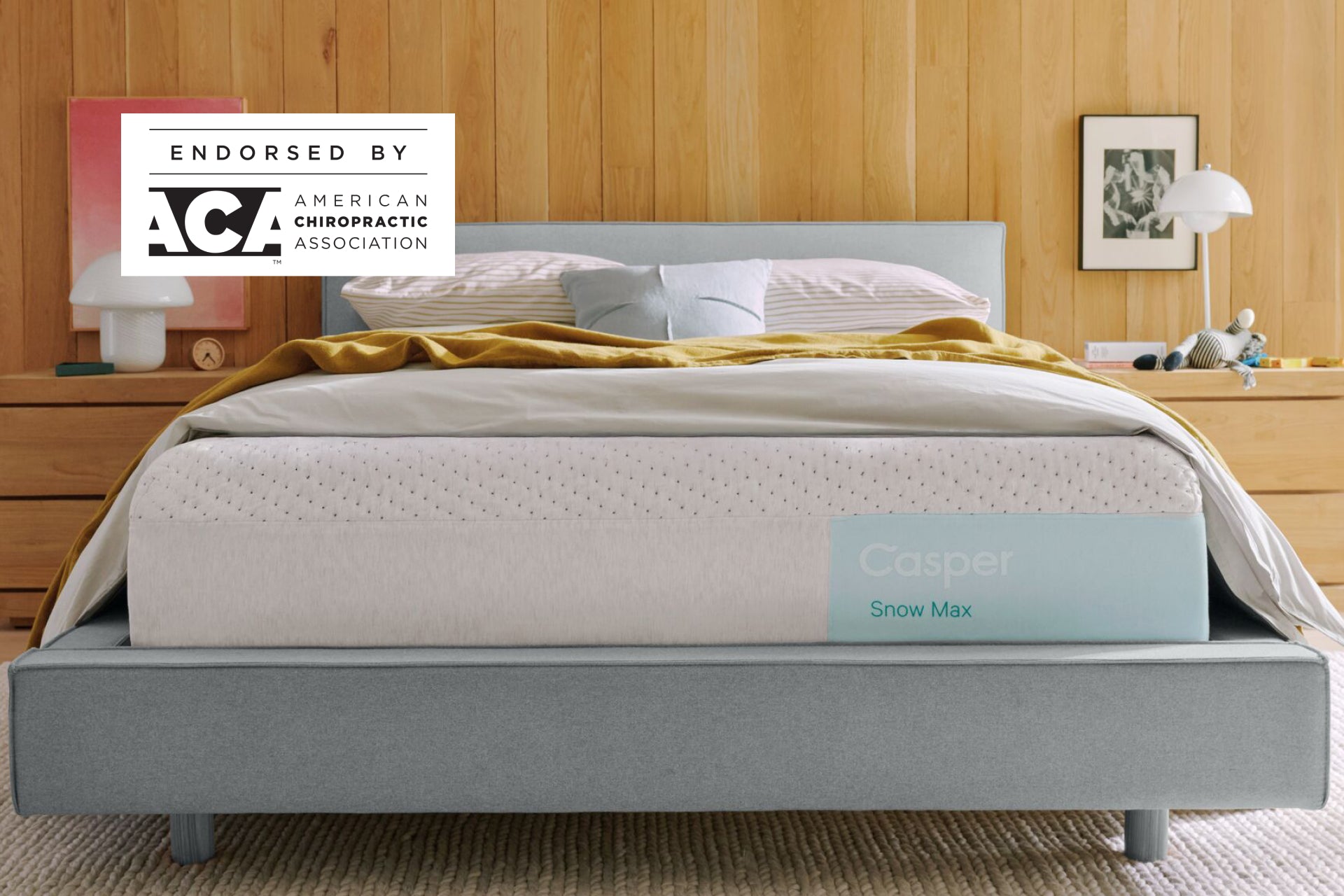Looking into which type of mattress is best for body? We’re all for mattress shopping. There’s nothing better than the feeling of falling asleep atop a brand new, pillowy mattress.
But there’s more to mattress shopping than just comfort and feel. Throughout your search, you’ve probably run into mattress warranties. A product warranty seems to guarantee something—but what does all that legalese really add up to?
Let’s pull back the sheets on mattress warranties so you can successfully navigate your new mattress search.
What Is a Mattress Warranty?
Although there are different types of warranties, generally speaking, a product warranty is a legally binding contract between a seller and a buyer.1 The original purchaser is guaranteed rights to a product that:
- Is not defective or dangerous
- Functions in the way the seller said it would
Mattress warranties are written limited warranties. This means they’ll protect your mattress purchase from problems caused by manufacturing defects according to the specifics of the written warranty.
How Long Do Mattress Warranties Last?
A typical mattress care warranty can last anywhere from five to 20 years.
Your Casper mattress, for instance, is warrantied for 10 years. This means that if you notice any manufacturing defects during the first decade of your mattress’ life, we’ll repair or replace your mattress for you.
With Casper, you may also choose to upgrade your defective mattress. In this case, you’d simply pay the price difference between your original purchase price and the upgrade.
It’s important to note that warranty coverage timelines may differ depending on the type of mattress you purchase. For example, although Casper clearance and final sale mattress warranties come with the same terms, they only last for five years, rather than 10.
Prorated vs Non-Prorated Warranties
Another important factor to understand when it comes to mattress warranties is whether your warranty coverage is prorated or non-prorated.
- Non-prorated – A non-prorated warranty is pretty straightforward. For as long as the implied warranty is valid, the mattress company will cover all of the costs that come with repairing a manufacturing defect or replacing defective mattress parts.2 Those costs may or may not include shipping.
- Prorated – A prorated warranty is more complex. As time passes, your prorated mattress warranty will only cover a percentage of the costs to repair or replace the mattress or improper bed frame.2
For instance, let’s say your warranty is a 10-year prorated warranty. When the warranty is three years old, you may be responsible for 30% of the replacement or repair costs.
Some lifetime warranties are combination warranties. This means they may start out as non-prorated, then become prorated after a certain period of time.
At Casper, our 10-year mattress warranties are not prorated. This means we’ll cover 100% of the costs of replacing or repairing a manufacturing defect for a warranty length up to 10 years after the date of purchase (or for up to five years after the date of purchase of a final sale or clearance mattress).
What Counts as a Manufacturing Defect?
At this point you may be wondering, what exactly counts as a manufacturing defect?
A manufacturing defect is a problem that occurs outside of normal wear and tear. As an example, take a look at what’s considered a manufacturing defect (and therefore covered) in our mattress warranty at Casper:3
- Splitting or cracking foam
- A zipper that doesn’t zip correctly on the mattress cover
- A mattress that sags more than an inch, despite the use of a bed base or a bed frame that supports the mattress
These defects are covered in our warranty as long as the mattress is handled properly.
So, what isn’t a manufacturing defect? These are examples of normal wear and tear, which typically aren’t included under a normal mattress warranty:
- A mattress that’s slightly softer than when you first bought it
- A mattress you no longer find comfortable (for any reason other than those listed above)
- Aesthetic damages, like stains or rips
- Non-defective parts of your mattress (for instance, if your mattress is sagging more than an inch, but the mattress cover’s zipper works fine, we won’t replace the mattress cover)
How Do I File a Warranty Claim?
If you’ve detected a manufacturing defect with your mattress, the first thing you’ll want to do is gather evidence.
For instance, there are two categories of proof you’ll need to file a Casper mattress warranty claim:
- Proof of the manufacturing defect – Take photos of the defect. The more photos you can provide, the stronger your evidence, and strong evidence can help make the claim process run like a dream.
- Proof of the original purchase date of the mattress – Proof of purchase date can take the form of a receipt, so be sure to save your receipt when you make a mattress purchase.
Next, you’ll want to send this evidence, along with a description of the defect, to the warrantar. At Casper, you can email your claim to support@casper.com.
How To Prove That Your Mattress Sags More Than an Inch
Mattress sags are pesky in more than one way. Not only do they make it hard to get a good night’s sleep, but they’re also tough to measure.
Thankfully, there’s a time-tested sag-measuring hack we’re happy to share.
To start, you’ll need a piece of string, thread, or twine, a ruler, and a camera. You may also want to solicit the help of a friend, since this process requires holding a few things in place.
Then, you can measure that mattress sag with the following steps:2
- Clear off your mattress so that nothing obstructs your view of the sag. For the most accurate measurements, you’ll want to take off the sheets.
- Stretch a piece of string, thread, or twine tight across the indentation in your mattress. Make sure the string is hovering over the deepest point of the sag, but is touching the mattress on either side of it.
- Keep the string tight while you measure the distance from the string to the low point of the indentation.
- If it’s deeper than an inch (or deeper than the depth required on your particular mattress warranty), take a photo to submit as evidence of the manufacturing defect.
Now that you know this life hack, you’re set to tackle any indentation you encounter, and send it on its warrantied way.
What Voids My Warranty?
When you break the terms of your mattress warranty, you automatically forfeit the warranty. This means that even if there’s a manufacturing defect in your mattress, you won’t qualify for covered replacement or repairs.
Here’s how to avoid breaking your Casper mattress warranty:
- Always buy your mattress from an authorized seller – This includes casper.com or a brick-and-mortar Casper shop. Mattress warranties only apply to the original purchaser of the mattress. So, if you buy a secondhand mattress, your purchase won’t be warrantied.
- Never remove the mattress tag4 – This tag includes legal information and is proof of original purchase. Without it, there’s no record that the mattress was sold by an authorized seller.
- Always use a bed base – Bed bases, like a slatted platform bed, support your mattress and protect it from sagging. Regardless of the warranty, you want your mattress to be supported. After all, it’s what supports you.
- Always use your mattress for its “intended purposes in the home”3 – If you’re a corporation (like a hotel) buying mattresses for commercial use, a different, shorter warranty applies. This is called a Trade Warranty.
So, before you put your sparkly new Casper mattress on the floor without a bed base, rip off any tags, or purchase a used Casper mattress from someone on Craigslist, think about these warranty terms, and make sure you’re not doing anything to void them.
Warranties Versus Trials
Wondering about those 100-night guarantees you’ve heard about?
Many mattress companies—including Casper—offer these types of guarantees, typically referred to as mattress trials.
Here’s how warranties and trials differ:
- Warranties only cover manufacturing defects, while trials allow you to return your mattress for whatever reason you like.
- The life of a typical mattress warranty period is much longer than that of a mattress trial.
- To file a mattress warranty claim, you must submit proof that your mattress is defective. With a trial, you don’t have to prove anything to return your mattress within the given time period.
If you think you’ve found the perfect mattress but are afraid to commit, take advantage of the trial period. With a mattress trial, you can sleep on your decision before you make a commitment so that you can be sure you’ve found the right mattress for you.
Put Your Old Mattress to Bed and Wake Up With a Warrantied Mattress from Casper
When you shop at Casper, you can sleep well knowing that all of our comfortable, quality mattresses are warrantied for ten years against manufacturing defects.
So, if you’re ready to say goodnight to your old adjustable base mattress, take our mattress quiz, and get one step closer to the mattress (and sleep) of your dreams.
Sources:
- Law Offices of Stimmel, Stimmel & Roeser. The Basics of Warranties. https://www.stimmel-law.com/en/articles/basics-warranties
- Mattress Clarity. Decoding Mattress Warranties: Understanding Terms & Conditions. https://www.mattressclarity.com/blog/mattress-warranties/
- Casper. Casper Sleep 10 Year Limited Mattress Warranty. https://casper.com/warranty/
- Tom’s Guide. How do mattress warranties work and what do they cover? https://www.tomsguide.com/reference/how-do-mattress-warranties-work

